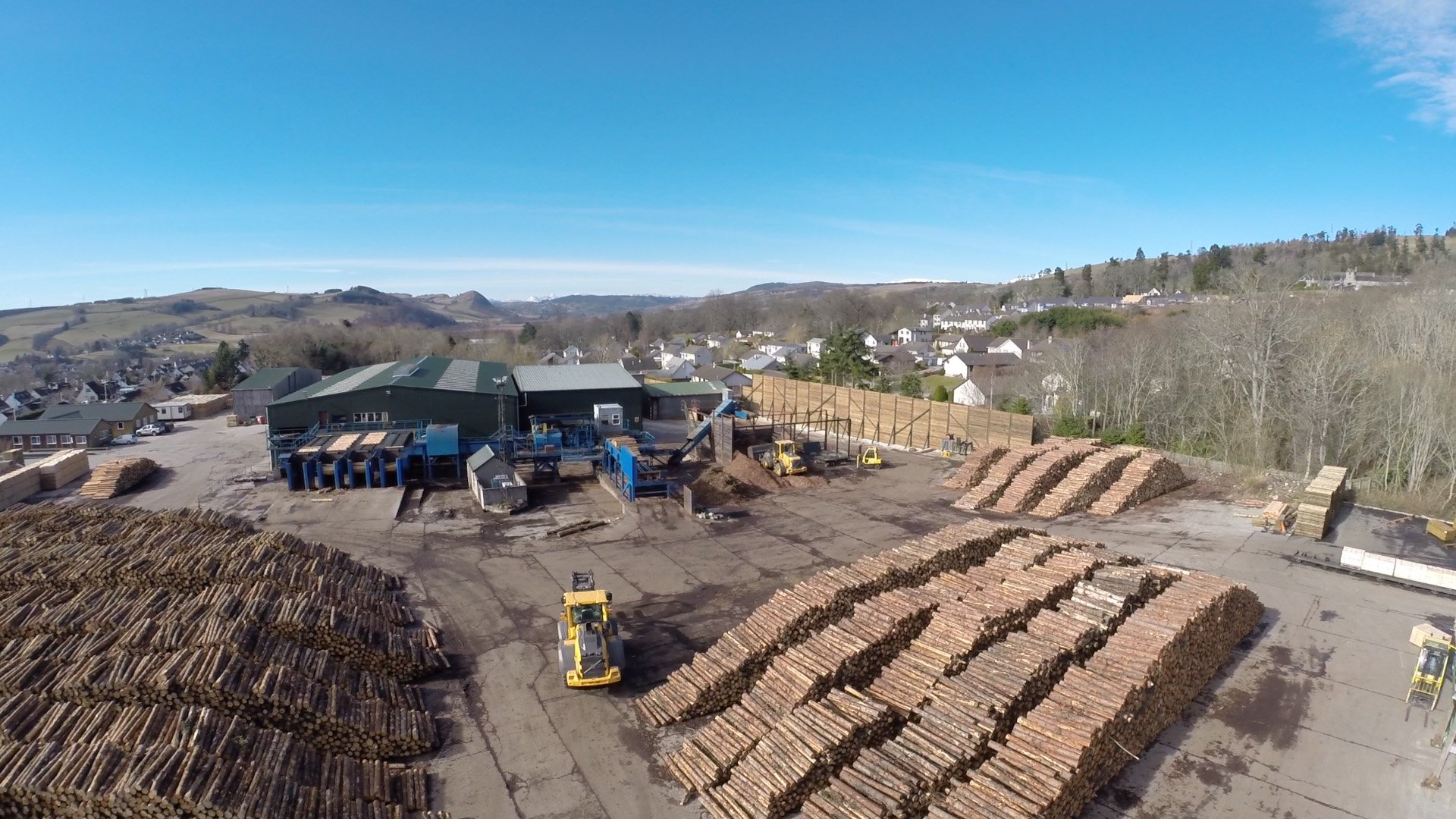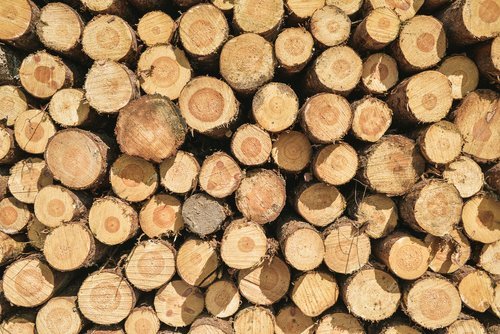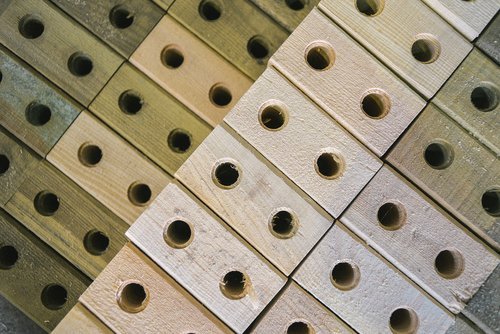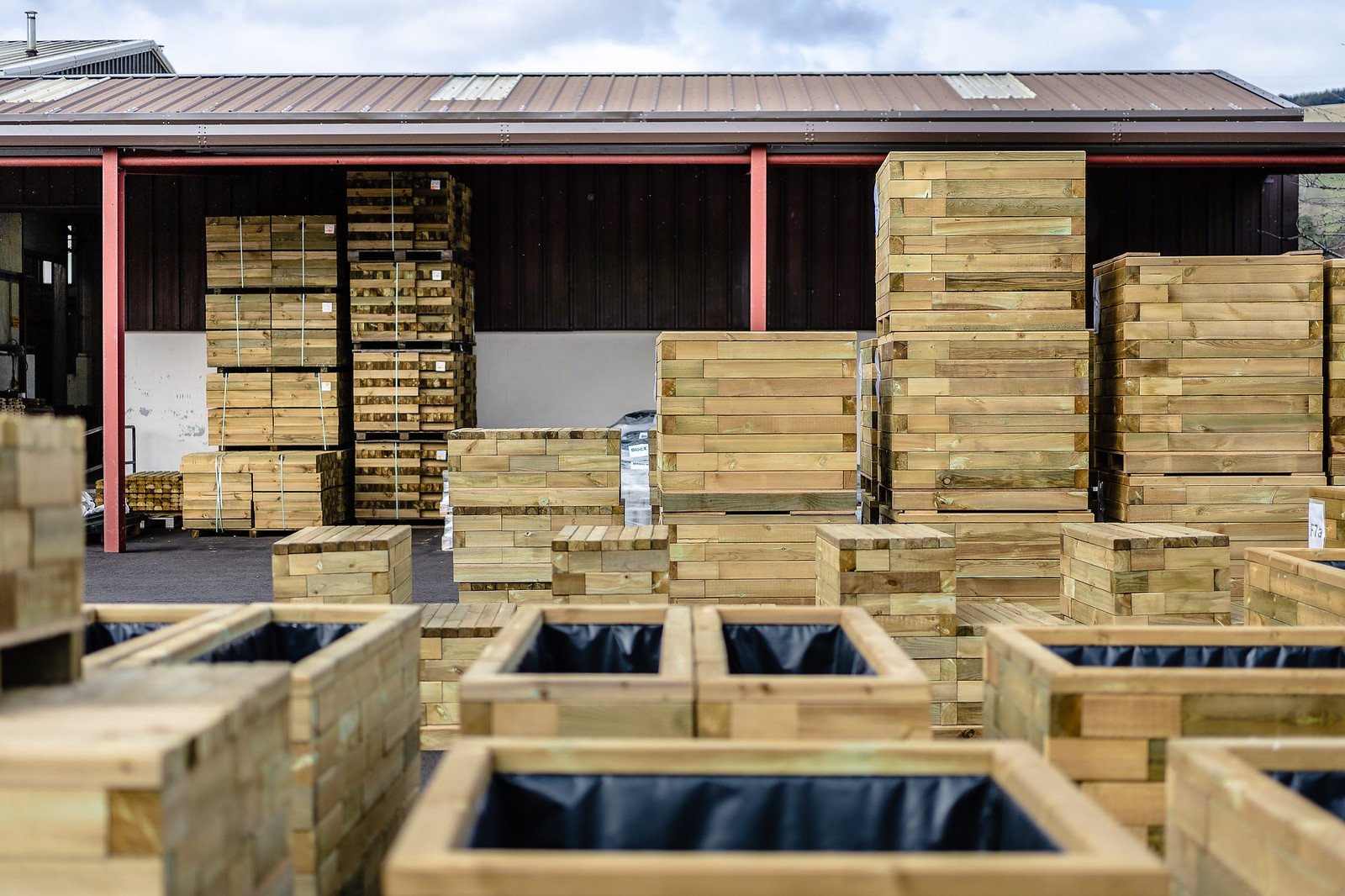Building nature sustainably
Street furniture for greener spaces
Landscape architects specify our timber street furniture and planting solutions on a wide range of projects from roof gardens, residential developments and retail to hospitality and public spaces. The common theme running through everything is sustainability. From creating new green spaces within the built environment to regreening grey areas with trees and plants. Using a natural and renewable resource as a solution makes for a great partnership, a partnership that can only be successful if ethical and sustainable practices are fully traceable and transparent.
Sourcing sustainable timber options is an important factor for any construction project. Checking the credentials of a supplier and researching their sourcing practices is an important consideration when specifying any timber system.
A simple way to test the sustainability credentials of a timber product is to ensure the seller has suitable standards and certification in place i.e. FSC or PEFC. Here is an example of the process for checking a company’s FSC certification, alternatively this can be requested directly from any supplier.
As a company that uses timber as a core material, we have a responsibility to ensure that our supply chain, and the processes that we use to manufacture our products, are sustainable in order to protect the natural environment and biodiversity. We are continually working to improve our processes to reduce our impact on the environment and our carbon footprint further.
Here are five quick tips to consider when sourcing timber:
WoodBlocX production
All of the timber used for our modular system is FSC certified, with 80% being sourced from sustainably managed forests within a 30 mile radius of our sawmill, which is based in the Highlands of Scotland. We provide total off-site production here in the UK, all timber is cut, drilled and treated at the sawmill so there is no wood waste on site when building one of our structures. Waste products from our production, such as sawdust and bark chippings, are sold on to biomass fuel companies and bark suppliers.
Using both a modular and timber system provides multiple benefits in terms of the reduction of waste. From a production point of view waste from the manufacturing process such as sawdust or chippings can be sold on to other businesses or used as biofuel. From an onsite perspective, all of the components for the modular system will be supplied, therefore no cutting or sawing of wood is needed as everything is supplied, this significantly cuts labour time, waste and costs. You can see our sustainability statement here.
Helping landscape architects make sustainable choices
Interestingly, over the past few years, we have experienced a significant uplift in landscape architects and specifiers requesting more information covering our environmental and sustainability practices as part of their procurement processes. This highlights that it is no longer down to the product alone to provide a sustainable solution, the business must demonstrate its wider dedication to these areas.
Our patented system of interlocking blocks provides landscape architects with a sustainable timber product that is long-lasting, time-saving and adaptable, delivering attractive planting solutions for spaces of all sizes and shapes, that create the right balance of form and function.
Our structures are made up of a series of strong wooden blocks of varying sizes that are held together by strong dowels, using different sized blocks and the ability to pre-cut angles and incorporate curves means we can adapt designs to fit spaces perfectly, whether it's a brand new installation or a retrofit.
Infinitely adaptable design innovation, smarter processes and problem-solving are core elements within our business. Our street furniture options are unique in their field and help to create opportunities to enhance spaces with trees and plants to increase biodiversity and connect people with nature.
This is one of the main advantages of using our modular system in the landscape environment. In public realm applications or temporary landscapes, it is possible to dismantle and repurpose fully modular systems with relative ease. This circular approach to the designing with modular systems lends itself to a more sustainable design practice as well as a more sustainable product option, for the pedestrianisation of public streets. Moveable structures provide a flexible and sustainable option for temporary landscapes as well.









